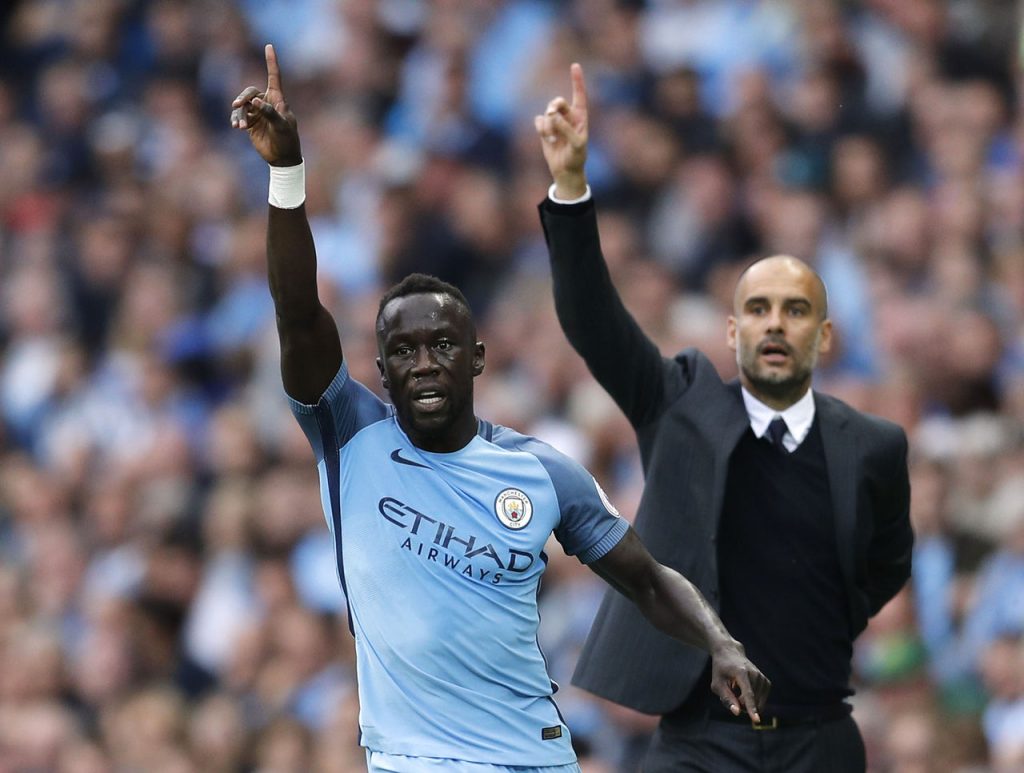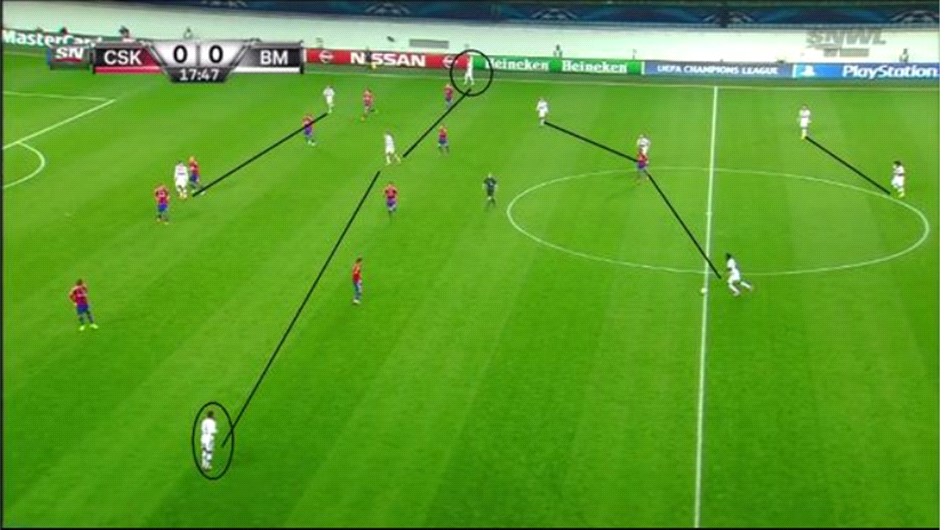In the 3rd part of our tactical evolution series, Charles Ajuyah (@tuale_CA) casts his gaze on the changing role of the fullback.
This is a new role of some sorts. Naturally, the fullback does most of the things a central defender should. The difference is how they sometimes bomb into the opponents half to deliver crosses. Furthermore, they provide an outlet for wide teammates, serving as decoys for players to run into the spaces tracking their movement makes.
With false fullbacks, instead of going with the norm, they play narrowly, going infield to act as auxiliary midfielders. Thus the term, “false” prefix is quite apt. On paper they are fullbacks, but in certain phases of play, they act as actual midfielders.
Having false fullbacks requires the attacking wide men to offer a lot of width. It also needs the central attacking player(s) to be able to dominate play in the attacking phase. As stated, false fullbacks perform the role in phases to be exact, in the build-up phase. It is also a ploy to leave the wide forwards 1v1 against the opposing full backs.

This is for the obvious reason that, the opposing wide forwards will either get stuck with holding their position or coming infield. Even when they do track the false fullback, either way, the 1v1 situation still exists. The overload in midfield areas would always work to an advantage. If not in terms of how play is advanced, then in terms of the sheer number of bodies in the middle.
One can point at an obvious problem if possession is lost, and the fullbacks are “out of position”. This is true, but that is why defending is done as a team. This is also why teams which employ false fullbacks usually deploy a defensive midfielder who occupies the role of a 3rd centre back.
The plan is often to give as much adequate cover as possible. At least this is true until the actual fullbacks regain their positions again after the defensive transition.
The false fullback role is a concept many a player will struggle to cope with. This is considering the fact it demands transitions from being a fullback to midfielder and back again depending on phases of play. It requires a high level of technical ability and tactical nous.

Philipp Lahm and David Alaba are the prototype false fullbacks. They mastered the concept under the tutelage of Pep Guardiola. The Catalan is also attempting to implement the concept at Manchester City. Don’t be too carried away though, the concept was loosely in circulation before his Bayern days.
Roberto Martinez had his version of the fullback at Wigan Athletic with Jean Beausejour. Aleksandr Kolarov under Manuel Pellegrini also performed a slightly different interpretation of the role. Today, Thomas Tüchel (a very close pal of Guardiola’s) has flirted with the concept at Dortmund.
The false full back role is clearly a concept which few have been able to implement so far. Over the next couple of years, it’s expected more and more managers will surely try to implement it themselves.








